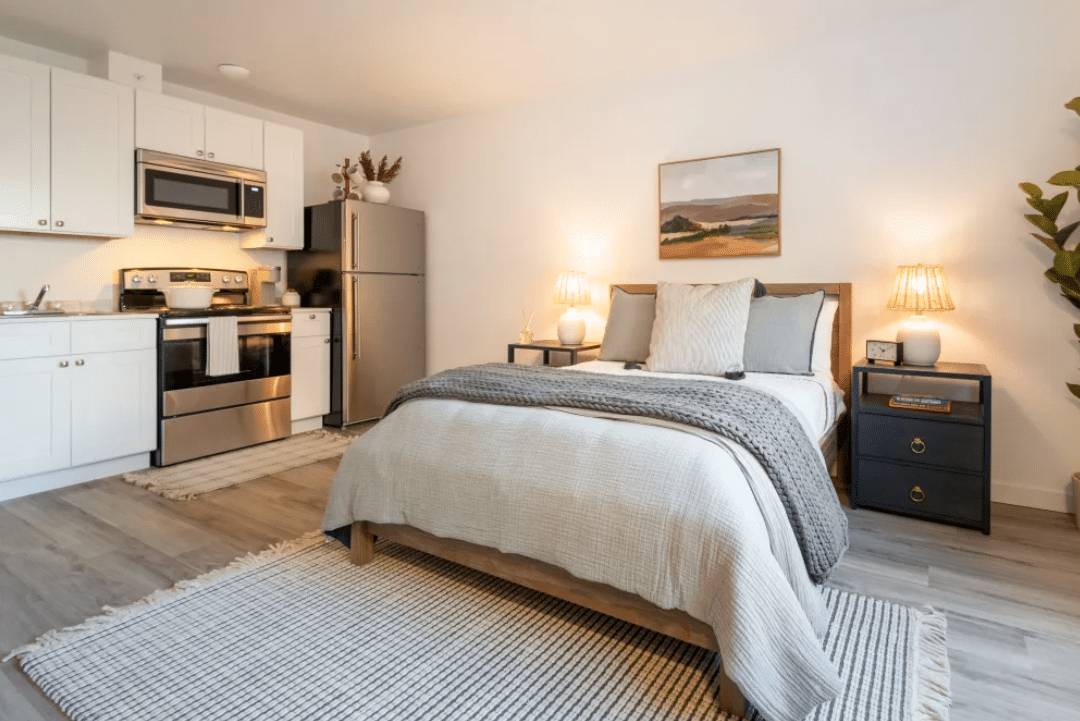Renovating historic buildings presents a unique set of challenges and opportunities. While adaptive reuse projects can breathe new life into historical structures, they also come with complexities that require specialized expertise and careful planning. This article outlines the common hurdles and practical solutions in the adaptive reuse of historic buildings.
Common Challenges
Risk of Structural Damage
Heritage buildings, particularly those centuries old, are at risk of damage from modern construction techniques that may be too harsh for older materials. Even with meticulous care, the structural integrity of these buildings can be compromised during renovation.
Compliance with Modern Building Codes
Aligning historic structures with modern safety and building codes is a daunting task. These codes are often at odds with the methods and materials used in historic buildings, requiring innovative approaches to preserve the building’s aesthetic while ensuring compliance.
Dealing with Superficial Repairs
Quick fixes to apparent damage like cracks may ignore deeper structural problems. Such oversights can lead to deeper issues later, underlining the need for comprehensive assessments before starting repairs.
Balancing Heritage with Modern Needs
Incorporating modern facilities without compromising the historical essence of a building is challenging. Each renovation must respect the original design while updating the functionality to meet current standards and needs.
Navigating Regulatory Landscapes
Obtaining necessary approvals from heritage and zoning boards can be a lengthy and complex process, often requiring multiple revisions and negotiations to meet both preservation and contemporary requirements.
Environmental and Pest Challenges
Older buildings often face issues like moisture damage, pest infestations, and outdated mechanical systems, which can be especially challenging to address without impacting the historical aspects of the structure.
Practical Solutions
Specialized Assessment Techniques
Using non-invasive technology to assess the condition of historical buildings can prevent potential damage. Techniques like 3D scanning and infrared imaging allow renovation contractors to understand the building’s condition without touching the structure.
Education and Collaboration with City Officials
Educating local authorities about the unique needs of heritage buildings can facilitate smoother approvals. Collaboration with an experienced renovation company from the start ensures that all stakeholders understand the project’s scope and the building’s significance.
Precision in Restoration
Employing experts in historical restoration ensures that all renovations align with the original architecture. Specialists can replicate traditional materials and techniques to maintain authenticity.
Integrative Design Approaches
Design solutions should integrate modern updates discreetly. Using reversible modifications ensures that updates can be removed or altered in the future without permanent damage to the original structure.
Proactive Maintenance
Regular maintenance and timely repairs are crucial in preventing the deterioration of historic buildings. A proactive approach helps preserve structural integrity and aesthetic value.
Utilizing Adaptive Reuse Principles
Adaptive reuse construction not only preserves historical buildings but also provides them with practical and contemporary use. This approach helps maintain the building’s relevance and functionality.
Addressing Environmental Controls
Modern systems for climate control and insulation can be tailored to fit within the structural confines of historic buildings, ensuring that the installations do not detract from the architectural integrity.
Through careful planning, collaboration with experts, and a commitment to preserving historical integrity, the challenges of renovating historic buildings can be met with innovative and effective solutions. Our dedication at Renu as adaptive reuse contractors ensures that these historic sites continue to be a part of our architectural landscape while meeting the needs of modern occupants. Whether for residential or commercial use, these structures can stand as a testament to the rich history of our communities, contributing to a sustainable and culturally rich future.
#Multifamily #MultifamilyRealEstate #AdaptiveReuse #LasVegas #Atlanta #Dallas #HoustonRealEstate #LosAngeles #California #InvestmentProperty #Investor #Investing #PropertyManagement #MultifamilyHousing #ApartmentInvesting #MultifamilyInvesting











